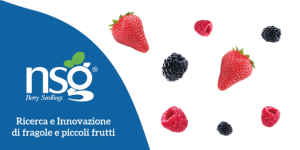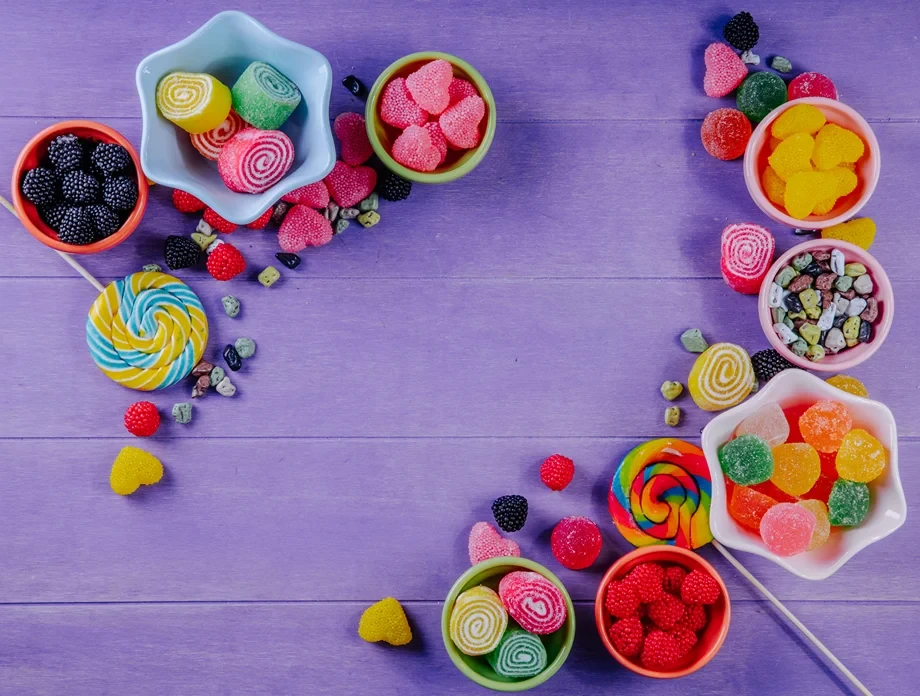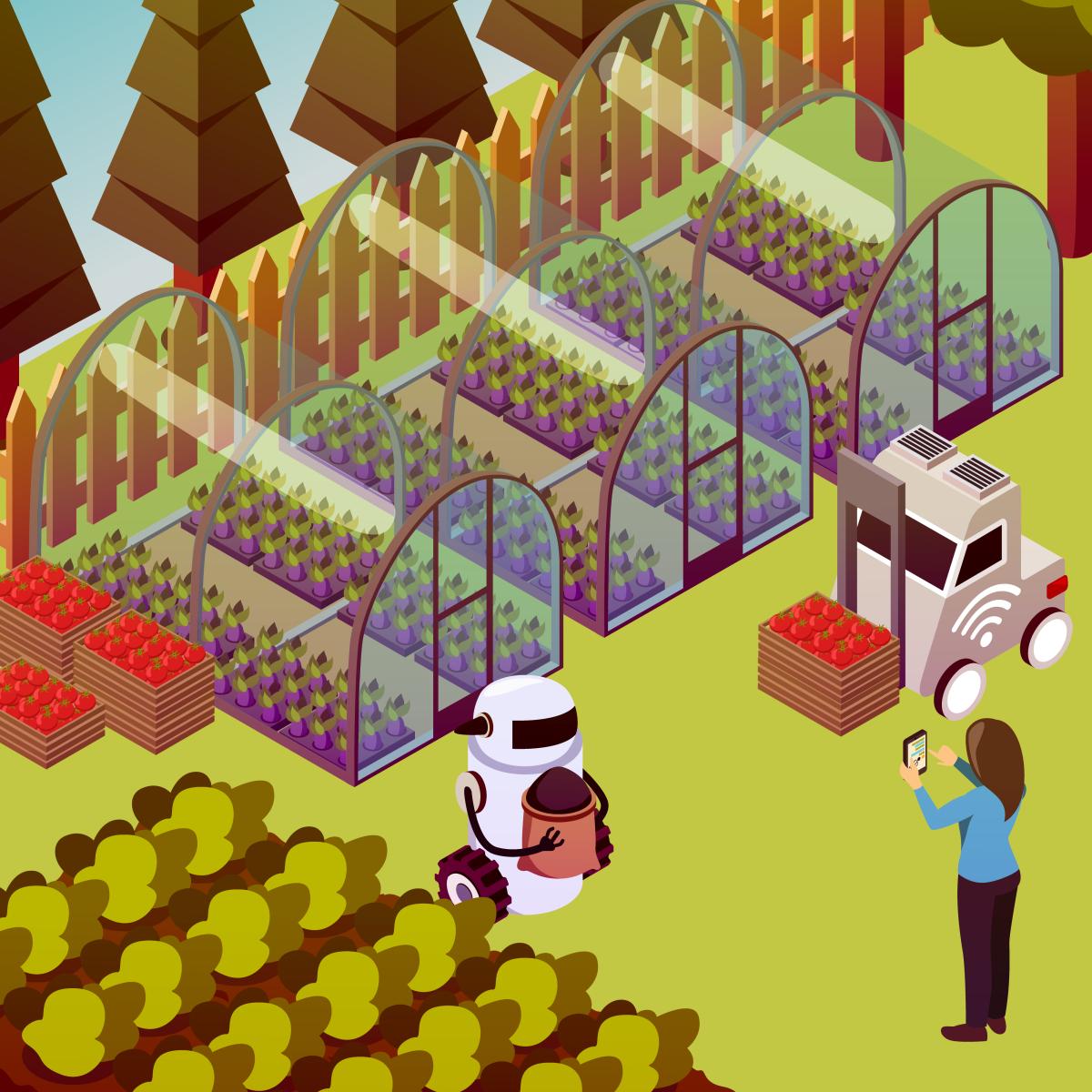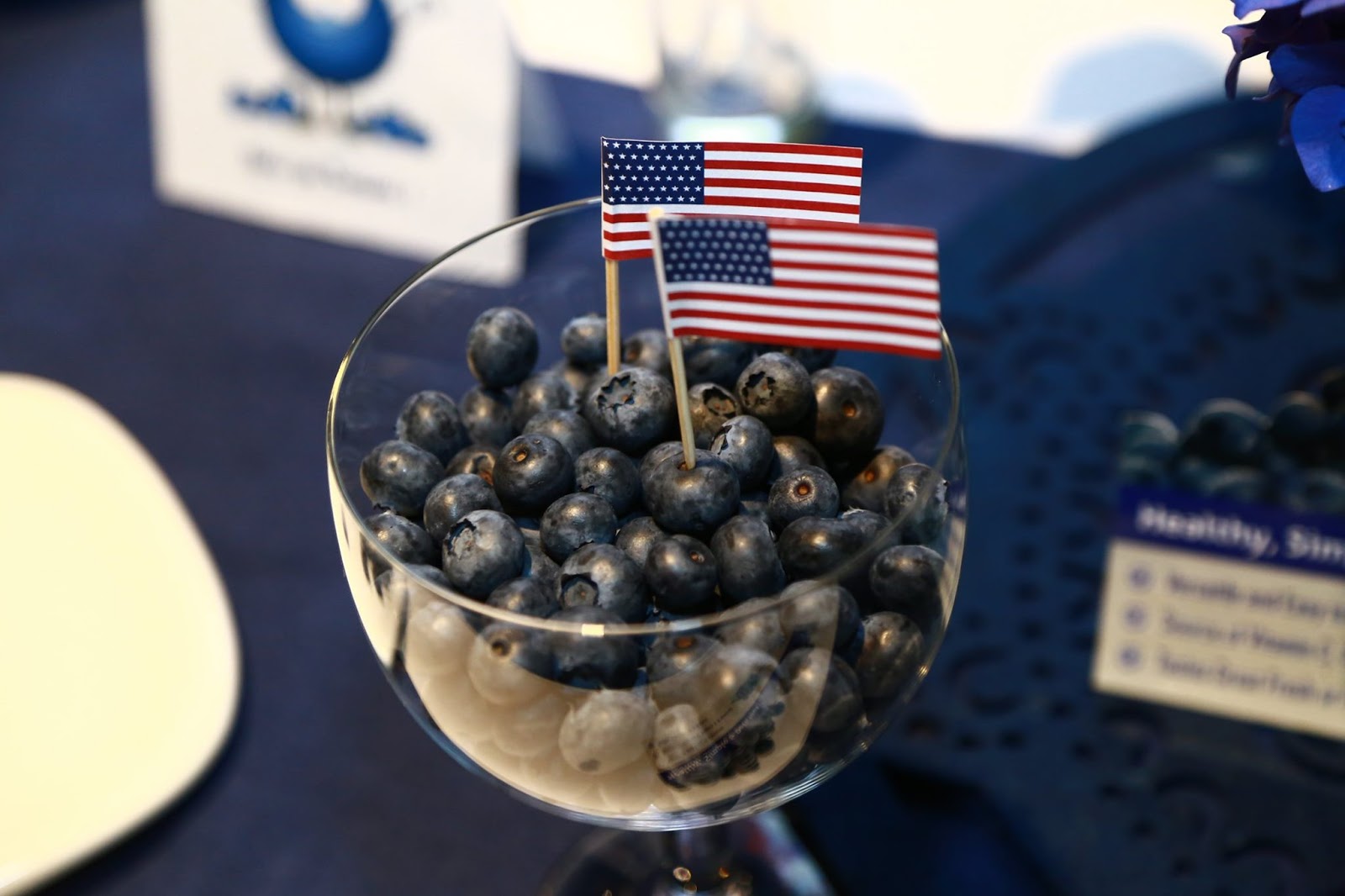The world of fresh produce is buzzing, and berries are the clearest proof. At the Berry Area of Macfrut 2025, Emanuela Soressi, journalist for Il Sole 24 Ore and Sale&Pepe, and Laura Maragliano, editorial director of Sale&Pepe, explored the phenomenon in a conversation that touched on consumption, perceptions, distribution channels, and market opportunities.
From strawberries to blueberries: how the category is evolving
When talking about fresh produce, it's important to distinguish between traditional fruit and berries, a segment that has seen impressive growth in recent years. Until recently, consumers were mostly familiar with strawberries—a fruit still seen as a family staple, bought like apples or pears, perhaps for a fruit salad or to celebrate Mother’s Day.
Berries, on the other hand, have taken on a more versatile role: added to snacks, used as yogurt toppings, or chosen to decorate desserts.
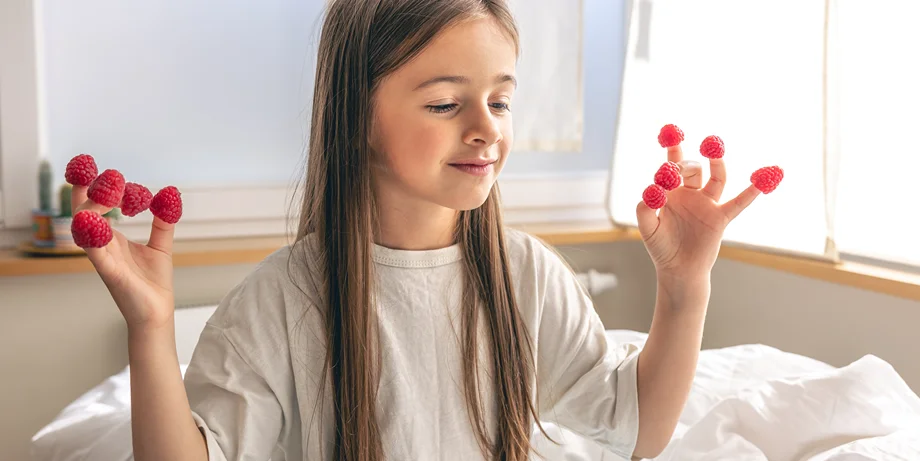
Quality and shelf life drive purchasing decisions
As Laura Maragliano explained, purchasing decisions are increasingly driven by quality and shelf life. Strawberries have decent durability, but raspberries—being more delicate—are often bought in smaller quantities. Blueberries, with their higher resistance, are seen as a more practical and longer-lasting option.
Despite the shift away from seasonal buying, one common concern remains: “Do strawberries bought in February actually taste like anything?” Consumers often lean toward strawberries from Basilicata, which are well regarded, while carefully evaluating imported options like the more affordable Spanish ones.
Berries, big values: why people love them so much
Berries operate in a different space from traditional fruit. Their success is driven by emotional and practical factors: they’re easy to eat, require no peeling or preparation, and are especially convenient for young people. Manuela Soressi aptly described them as "the only zero-fuss fruit in the fresh produce category: you don’t have to peel, clean, or cut them—they’re ready to eat."
She literally described them as "a different world: no other fruit appeals to our being kid-adults at heart"—in other words, needing small rewards like when we were children. "Berries encourage a ‘picking’ consumption, like popcorn or candy, which are also enjoying a revival thanks to bulk sales where shoppers pick and mix their own purchases."

But it’s not just about convenience: they’re visually appealing, colorful, photogenic, and perfect for Instagram.
They also have a strong health reputation due to their antioxidants—a trait that’s even brought them into the world of cosmetics, following the trend of red grapes and anti-aging effects.
New consumption habits and new occasions
They also easily attract consumer groups that traditionally avoid fruit, such as children.
Their ability to act as snacks and as ingredients in savory recipes—from raspberries with fish to blueberries in yogurt—broadens their consumption occasions.
According to Laura Maragliano, "the convenience of the punnet makes berries particularly easy to bring to the office or park, as if their natural setting were out-of-home consumption."
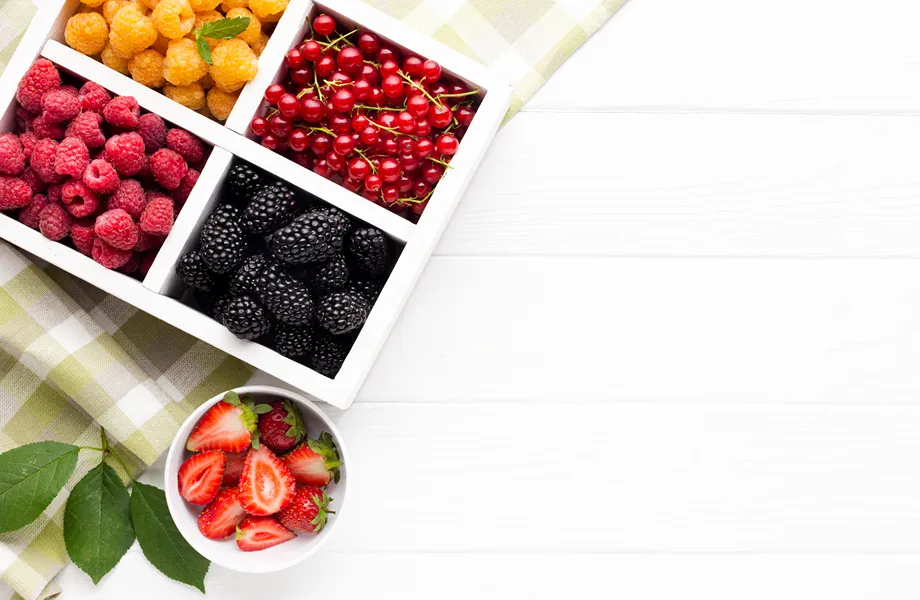
Where are they sold? From discount to premium
Today, berries are everywhere: in supermarkets, gourmet stores, and even discount chains, where they’re performing very well. As Manuela Soressi pointed out, surveys show that Italians don’t strongly differentiate between discount and traditional chains, grouping them into the general category of large retailers.
In discount stores, berries are seen as quality products—often competitively priced and offered in practical formats.
While cold-shelf placement usually boosts perceived value, in discount stores where berries are often displayed at room temperature, their value is conveyed through visible volume, attractive pricing, and high turnover.
Chains like BancoFresco have devoted significant space to berries, selling them loose, pre-packaged, and even in crates.
Direct selling
According to Soressi, "direct selling remains an interesting channel for producers, despite territorial and volume limitations. Producers focusing on local sourcing and zero-kilometer products as a complement to grocery shopping often find a sustainable path for their development."
Retailers like Poli are responding to this trend by designing stores where local producers also have a place in the large-scale retail market.
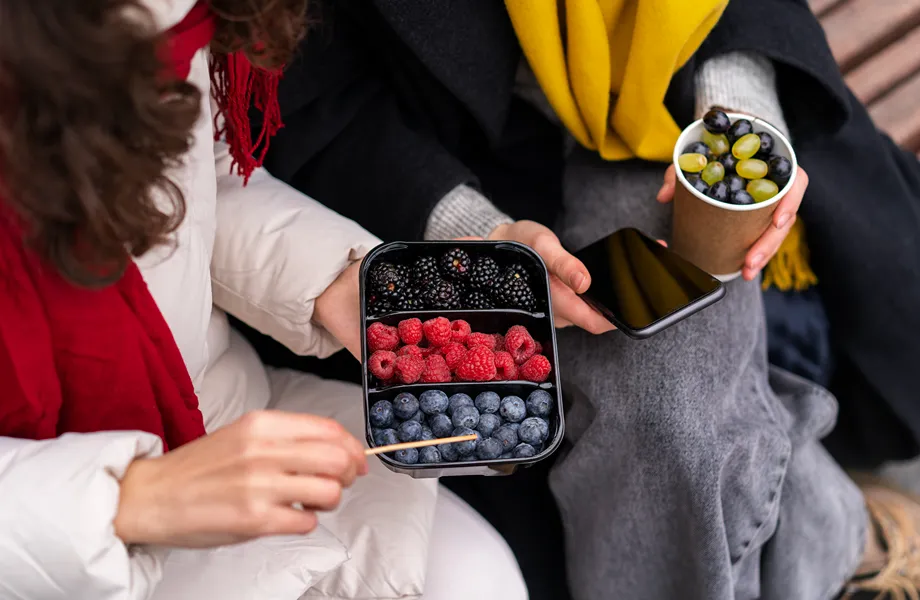
The power of imagination and trends
When a brand like Kinder introduces blueberry into its “Fetta al Latte”, it’s clear the product has become a symbol of the times. Abroad, Starbucks in France launched white-chocolate-covered raspberries as an afternoon snack—proof that berries are entering the global imagination as icons of wellness and indulgence.
Seasonality and communication: challenges ahead
One key point emerged during the event: there’s a major information gap regarding seasonality. Today, consumers no longer associate blueberries with a specific time of year, while doubts linger about off-season strawberries—especially those grown in greenhouses. Communication often still relies on seasonal calendars from the 1960s, ignoring market evolution, agricultural techniques, breeding advances, and today’s global availability.
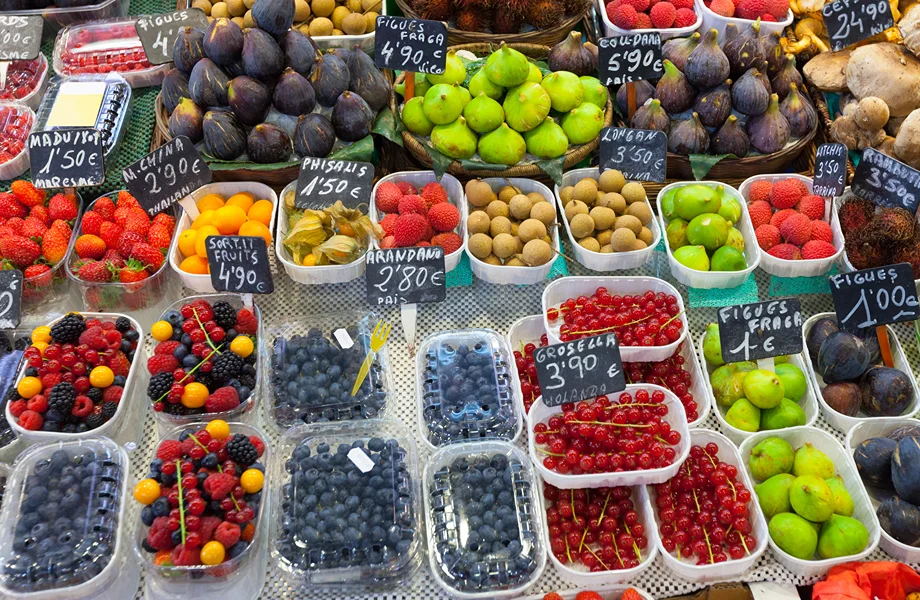
According to Manuela Soressi, "it's crucial to tell the story behind each fruit: the thought, care, land, and labor of farmers. When this story is effectively told, tangible results follow, because consumers are curious and want to know what they’re buying and eating. More transparent and up-to-date information could help not only guide choices but also strengthen the relationship between consumers and products."
Berries thus represent much more than a simple food trend: they symbolize a profound shift in consumption, desires, and everyday habits. At the Berry Area of Macfrut 2025, it became clear that their success stems from a unique combination of aesthetics, convenience, nutritional value, and emotional appeal.
To keep growing, this segment will need to tell its story better: explain seasonality, highlight producers’ work, innovate in distribution and communication. Only then can berries establish themselves as permanent icons in today’s food culture, speaking not just to the appetite, but to consumers’ minds and hearts.
Berry AreaThis article is part of a series dedicated to Berry Area in co-operation with Macfrut 2025. This content is in support of the event which will take place May 6-8, 2025 in Rimini Expo Centre, where the Berry Area stands as a reference point for all those seeking innovative solutions for the production and marketing of berries. 👉 Learn more about the Berry Area at this link. |



